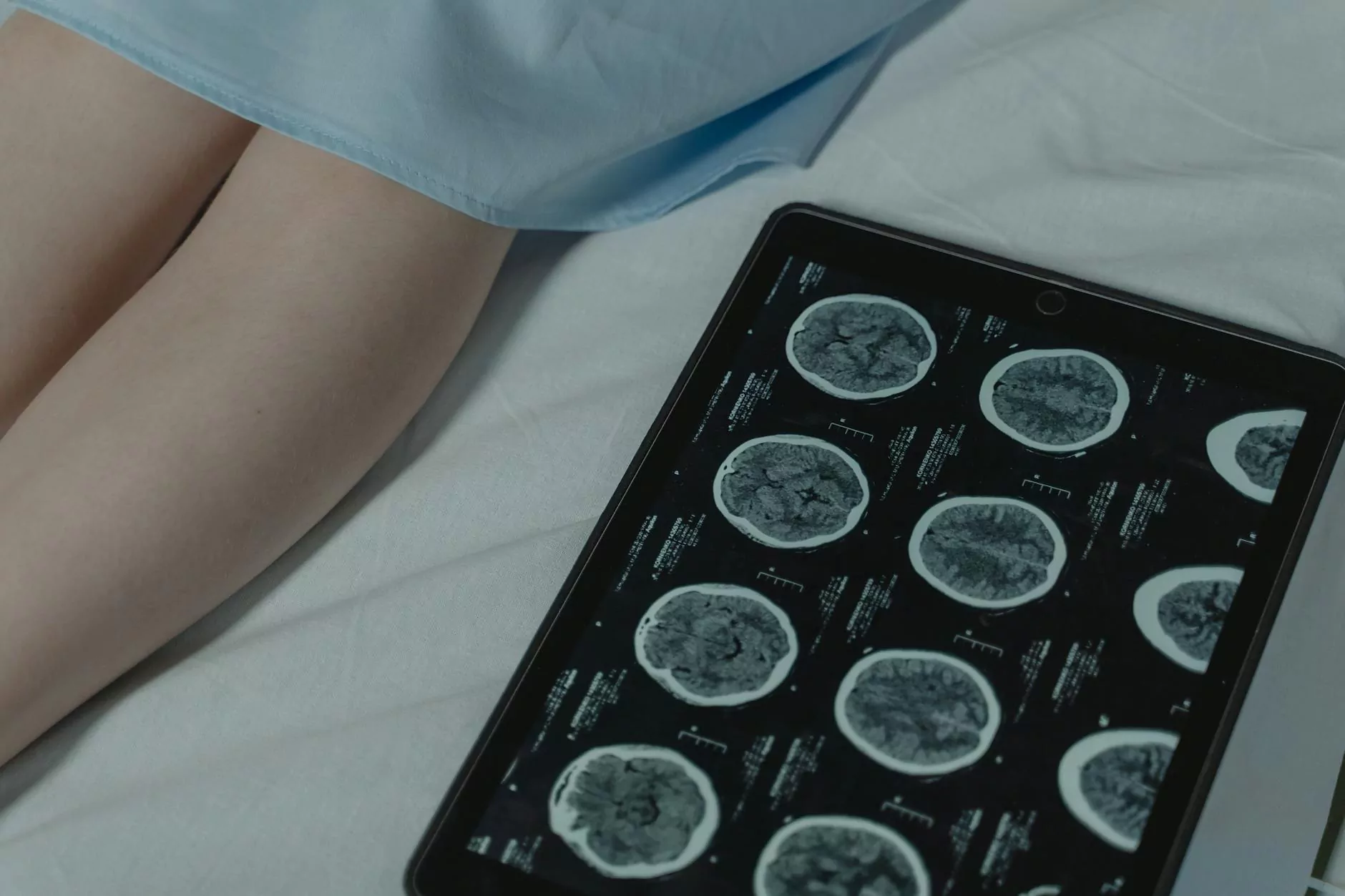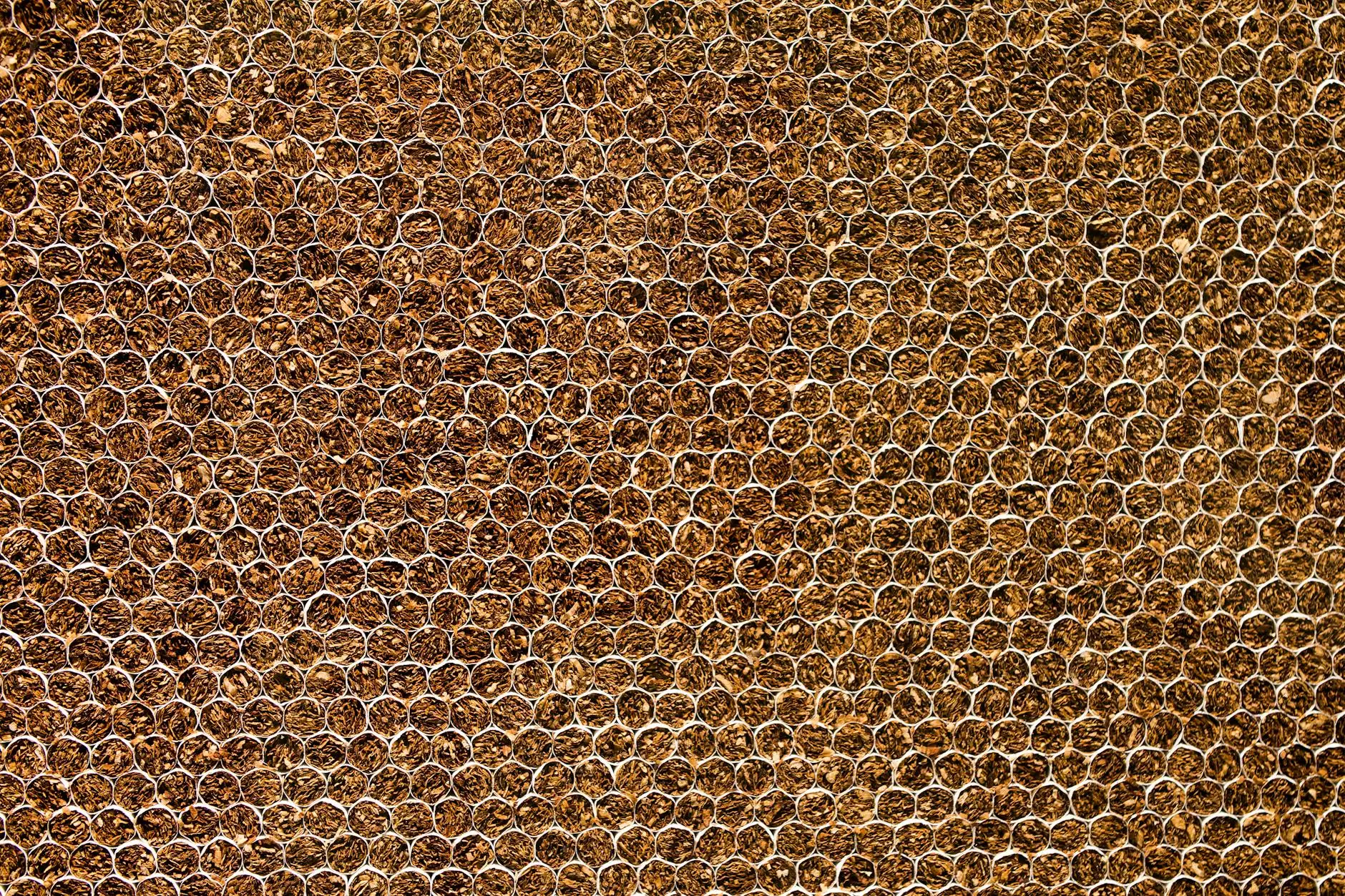Exercise Tips for Individuals With PAD

The Importance of Exercise for PAD
Lorem ipsum dolor sit amet, consectetur adipiscing elit. Sed eu nisl at nunc laoreet tincidunt. Integer fermentum, nunc nec ultrices porta, quam ex malesuada sapien, non malesuada massa est ut elit.
Understanding Peripheral Arterial Disease (PAD)
Peripheral Arterial Disease (PAD) is a common circulatory condition that occurs when there is a buildup of plaque in the arteries, leading to reduced blood flow to the extremities, particularly the legs. PAD can cause symptoms such as leg pain, cramping, weakness, and difficulty walking or exercising.
Benefits of Exercise for PAD
Regular exercise can provide numerous benefits for individuals with PAD. Here are some key advantages:
- Improved Circulation: Engaging in regular exercise helps stimulate blood flow and improves circulation, which can alleviate symptoms of PAD.
- Reduced Leg Pain: Exercise increases the development of collateral blood vessels, which can bypass the blocked arteries and reduce leg pain.
- Increased Endurance: Regular physical activity improves cardiovascular fitness and endurance levels, allowing individuals to perform daily activities more comfortably.
- Better Overall Health: Exercise plays a crucial role in managing weight, reducing blood pressure, improving cholesterol levels, and preventing other health conditions.
Exercise Recommendations for PAD
It's important to consult with a healthcare professional before starting any new exercise routine. They can provide personalized recommendations based on your condition and fitness level. Here are some exercise tips for individuals with PAD:
1. Walking
Walking is an excellent low-impact exercise for individuals with PAD. Start with short distances and gradually increase your walking time as your endurance improves. Consider walking on a flat and even surface to minimize joint impact.
2. Cycling
Cycling, whether on a stationary bike or outdoors, is another effective exercise option. It provides a cardiovascular workout without putting excessive pressure on the joints. Adjust the resistance and intensity according to your comfort level.
3. Swimming
Swimming is a fantastic whole-body workout that is gentle on the joints. The buoyancy of water reduces stress on the lower extremities while working various muscle groups. Consider joining a water exercise class specifically designed for individuals with PAD.
4. Leg Exercises
Incorporate specific leg exercises into your routine to target the muscles in your lower extremities. Examples include leg lifts, ankle rotations, and calf raises. Start with low repetitions and gradually increase over time.
5. Strength Training
Strength training exercises help build muscle mass and improve overall strength. Focus on exercises that target the upper body, core, and lower extremities. Use light weights or resistance bands to avoid strain while still achieving positive results.
6. Stretching
Stretching exercises enhance flexibility and range of motion, which can be beneficial for individuals with PAD. Incorporate gentle stretches into your routine, emphasizing the legs, ankles, and hips. Hold each stretch for 15-30 seconds and repeat several times.
7. Stay Consistent
Consistency is key when it comes to exercise. Aim for at least 30 minutes of moderate-intensity exercise most days of the week. If you experience any discomfort or worsening symptoms during exercise, consult your healthcare provider.
Conclusion
Exercise is a powerful tool to manage PAD symptoms and improve overall health. At Greenstem Clinic, we understand the importance of exercise for individuals with PAD. Remember to consult with our experienced healthcare professionals to develop a personalized exercise plan suited to your individual needs. Take the first step in enhancing your quality of life today!










